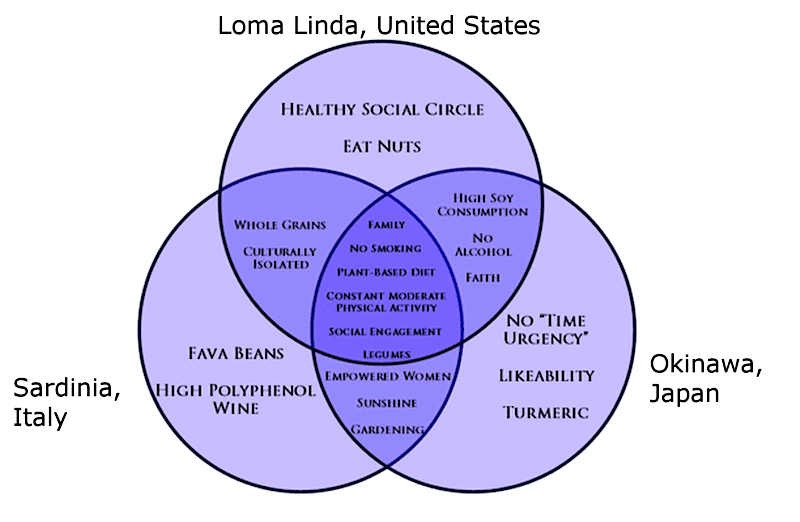The quality of longevity is being discussed in controversial ways. Whereas the goal set by the ones optimistic of their (ever-)lasting physical and mental stamina is reaching an age of biblical extent, others would rather see themselves passing away at the height of their beauty, wit and grit – just in time, so to say. For them, the outlook on being left helplessly wilting in a forlorn nursery home or as an undead vegetable plugged to the wonders of life-prolonging contraptions, is utterly unbearable. Not to hope for heavenly conditions on earth seems the more realistic approach since, commonly, just-in-time rarely happens.
The wish to live forever may also be nourished by religious beliefs: the longer one stays around as a righteous human being, the further away the threat of risky rebirths. Anything is believed possible in reincarnation, and the future existence may well be far less favourable than the one presently enjoyed! If there is an afterlife or not remains eternally unpredictable for any congregation. So it is legitimate to try to escape for as long as possible the fate of finding out what’s in stock up – or down! For those opting for a long life, there are no guarantees for constant well-being from cradle to grave. Yet, there seem to exist areas whose living conditions bestow on their population a resilience of extraordinary power that allows them to successfully delay their involuntary demise.
Provably, so-called Blue Zones produce the highest number of – healthy, vital and happy – centenarians:
Okinawa in Japan: there is hardly a place on earth where people grow older.
Sardinia/Nuoro Province in Italy: an astonishing number of villagers reach the age of 100.
Loma Linda in California: Americas longest-lived belong to the Seventh-day Adventists.
Icaria in Greece sports the highest percentage of 90-year-olds on the planet!
Nicoya Peninsula in Costa Rica: in no other country on earth have males a higher life expectancy than here. In all of these places, diseases occur at a much lower rate than is usual in other parts of the developed world.

The Venn Diagram explains longevity in Blue Zones.
After identifying five of the world’s Blue Zones, they observed that the lifestyles of all their residents shared nine specific characteristics that contributed to their longevity:
Moderate, regular physical activity
Life purpose
Stress reduction
Moderate calory intake
Plant-based diet
Moderate alcohol intake, especially wine
Engagement in spirituality or religion
Engagement in family life
Engagement in social life.
Header image: a free creative commons, license and copyright-free. The Venn Diagram was created by the Quest Network to illustrate longevity clues in Blue Zones. It is also in the public domain and thus a free creative commons.
http://www.worldlifeexpectancy.com/longevity-hot-spots
TED Talk by Dan Buettner:
